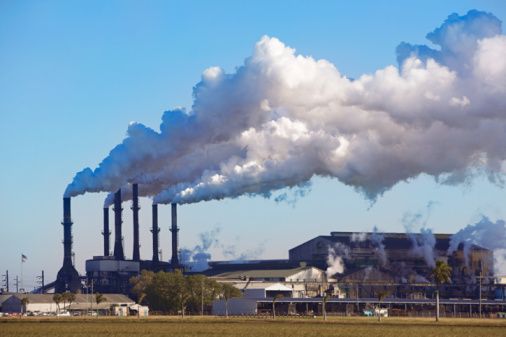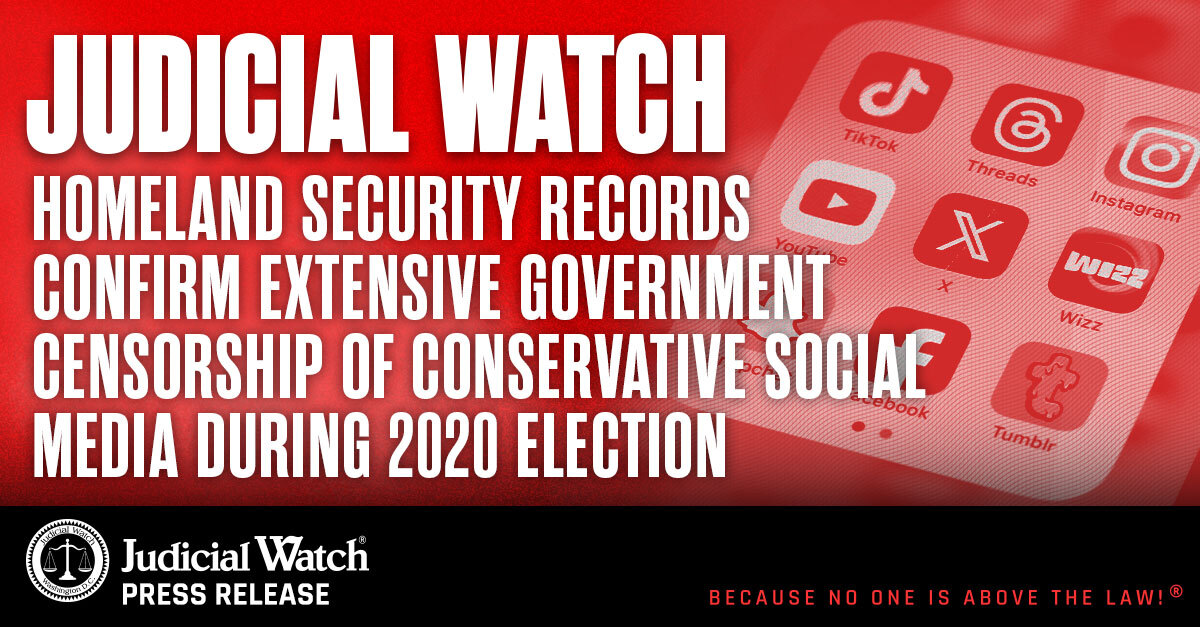

Climate Change Makes Government’s 2013 High Risk List


Following a bombardment of frightening assessments—largely funded with taxpayer dollars—on the ills of global warming, the U.S. government has finally placed climate change on its official High Risk List.
It’s a goal the Obama administration has worked hard to meet. In the last four years a variety of government-funded studies have warned that global warming will make food and water dangerous, cause mental illness, cancer and threaten national security. In fact, under the Obama administration, a consortium of scientists from several government agencies—including the Centers for Disease Control and Prevention, the State Department and National Institute of Environmental Health Science—have confirmed that global warming is one of the “most visible environmental concerns of the 21st century.”
As eerie as this may sound, it’s not even the full picture because the ocean actually masks the true rate of damage for periods as long as a decade, according to a government study from the National Science Foundation (NSF). According to this logic the crisis is way more severe than what it appears because the sea is storing the heat that damages the earth, making it appear as if there is a sort of hiatus in global warming when there really isn’t. When this ocean-stored heat will show its evil face will probably be the subject of the next taxpayer-funded study.
All this certainly makes a powerful case for the administration’s latest move of adding climate change to its 2013 High Risk List. Updated every two years to identify situations that could make the government vulnerable or programs that must be improved, the list is prepared before the start of a new Congress. It also includes enforcement of tax laws, Medicare, Medicaid, restructuring the U.S. Postal Service and protecting the nation’s cyber critical infrastructures, among others.
Climate change was added because it poses “significant financial risks,” according to the report, issued by the Government Accountability Office (GAO), announcing the new dangers this month. “Climate change is a complex, crosscutting issue that poses risks to many environmental and economic systems—including agriculture, infrastructure, ecosystems, and human health—and presents a significant financial risk to the federal government,” the report says.
It goes on to reiterate a lot of what we’ve already seen in all those alarming government reports that warn about the ills of global warming. “Among other impacts, climate change could threaten coastal areas with rising sea levels, alter agricultural productivity, and increase the intensity and frequency of severe weather events.” In fact, “rare” events will become more common and intense due to climate change.
However, the report does acknowledge that “exact details cannot be predicted with certainty” though “there is a clear scientific understanding that climate change poses serious risks to human society and many of the physical and ecological systems upon which society depends, with the specific impacts of concern, and the relative likelihood of those impacts, varying significantly from place to place and over time.”
Never the less, the administration will move forward with an aggressive green initiative that has already cost American taxpayers hundreds of millions of dollars. It’s all “for the sake of our children and our future,” President Obama said during this month’s State of the Union Address. “I will direct my Cabinet to come up with executive actions we can take, now and in the future, to reduce pollution, prepare our communities for the consequences of climate change, and speed the transition to more sustainable sources of energy.”















